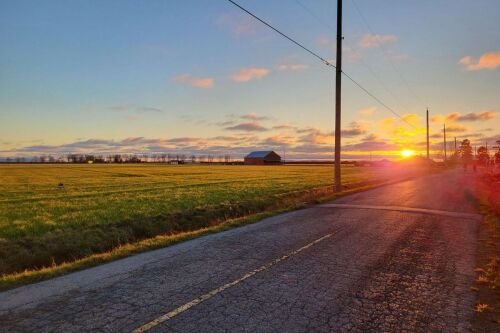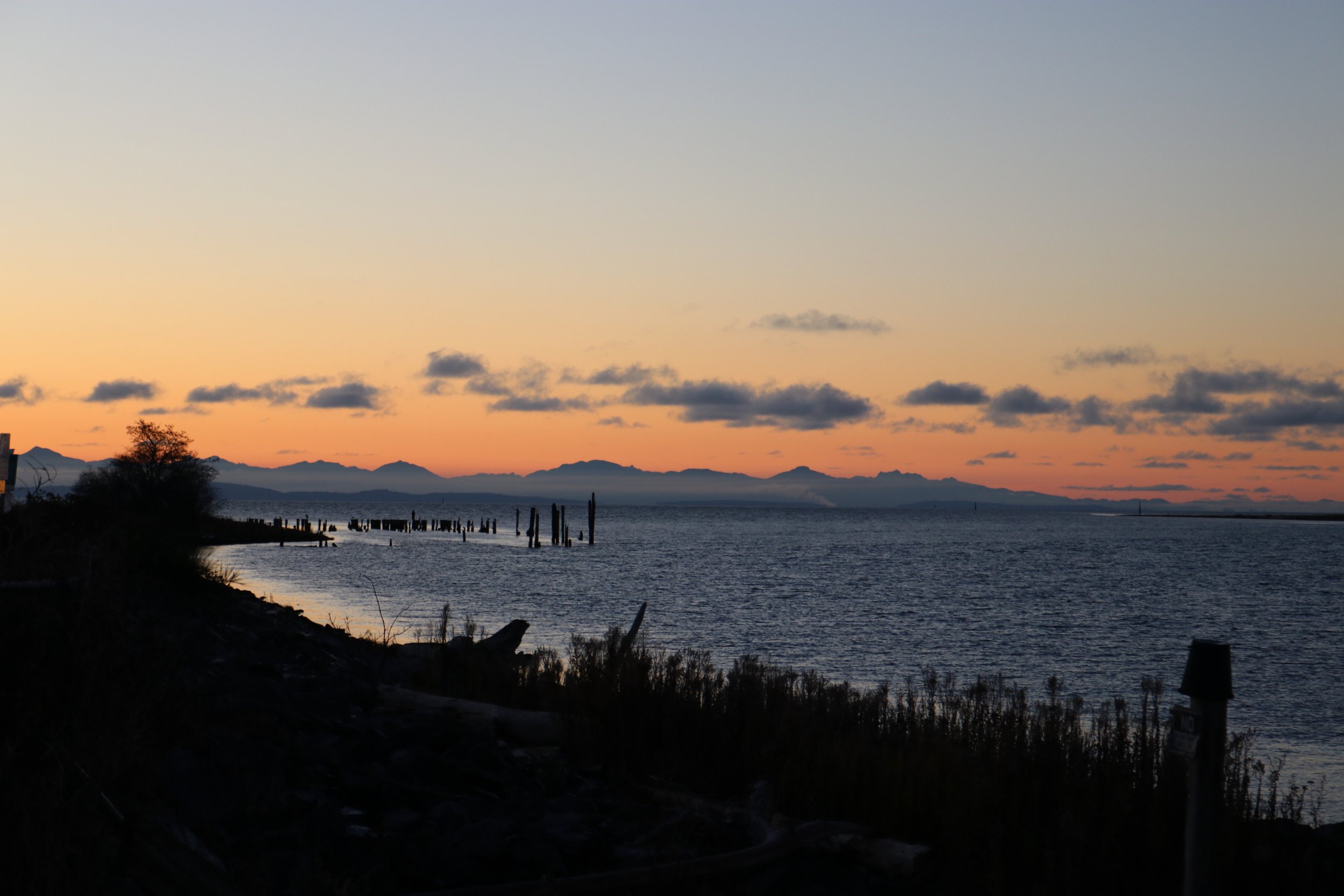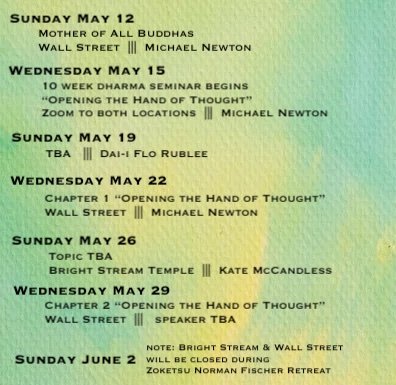February is Black History Month
/Mural portrait of bell hooks
In the Buddha dharma, there are many contemporary Black teachers who merge the dharma with Black liberatory traditions, recognition of intersectional existences (race, class, gender, sexuality) and social justice.
Remembering bell hooks (1952-2021)
by Angela Kayira
In the early 1990s, I was first introduced to bell hooks in Women’s Studies classes in College. bell hooks, Gloria Jean Watkins, was born in Hopkinsville, Kentucky in 1952. Her pen name, bell hooks, was a tribute to her great-grandmother, Bell Blair Hooks (1). bell hooks was well known as a Black feminist, writer and poet; cultural critic, activist and educator. She died in December 2021 from renal failure. hooks described herself as a Buddhist-Christian and would sometimes lament she was not seen as real Buddhist - “no long time with a teacher, no journey to India or Tibet, never present at important retreats [and] definitely someone engaged in the buddhadharma without credentials” (2). I consider her to be one my ancestors of the Black feminist liberatory tradition and continue to be inspired in how she spoke to the transformative power of love as being integral to the Buddha dharma. In a 1992, Tricycle Magazine interview hooks said: “If I were really asked to define myself, I wouldn’t start with race; I wouldn’t start with Blackness; I wouldn’t start with gender; I wouldn’t start with feminism. I would start with stripping down to what fundamentally informs my life, which is that I’m a seeker on the path. I think of feminism, and I think of anti-racist struggles as part of it. But where I stand spiritually is, steadfastly, on a path about love” (3)
In her book, All about Love New Visions hooks writes: Awakening to Love can happen only as we let go of our obsession with power and domination. Culturally, all spheres of American life-politics, religion, the workplace, domestic households, intimate relations-should and could have as their foundation a love ethic. The underlying values of a culture and its ethics shape and inform the way we speak and act. A love ethic presupposes that everyone has the right to be free, to live fully and well. To bring a love ethic to every dimension of our lives, our society would need to embrace change (4).
Citations:
Carolyn M. Jones Medine in the Journal of Word Philosophies July 18, 2022
View of bell hooks, Black Feminist Thought, and Black Buddhism: A Tribute (iu.edu)
Toward a Worldwide Culture of Love by bell hooks in True Peace Work: Essential Writings on Engaged Buddhism, 2nd Edition (2019) Parallax Press
Agent of Change: An Interview with bell hooks (1992). Tricycle Magazine.
https://tricycle.org/magazine/bell-hooks-buddhism/
Part of bell hooks Love Trilogy – All About Love: New Visions (2018) William Morrow Paperbacks.
For a glimpse at just some of the events taking place over the month of February, click HERE
CLICK for an article that addresses the tension between having days and months allocated to social justice issues, rather than it being a matter of everyday awareness, acknowledgement and action.
HERE are some organizations to which you could donate.
Please click HERE to download a printable PDF of reading list or see below for books by Black Teachers and Practitioners of the Buddha Dharma (this list is in no way exhaustive). Websites have been added by to those who have one. Compiled by Angela Kayira
Anthologies and Collaborations
Black and Buddhist: What Buddhism Can Teach Us About Race, Resilience, Transformation and Freedom. Eds. Cheryl A. Giles and Pamela Ayo Yetunde (2020) Shambhala.
Radical Dharma: Talking Race, Love and Liberation by Rev. Angel Kyodo Williams, Lama Rod Owens, Jasmine Syedullah (2016) North Atlantic Books.
Kiara Jewel Lingo https://www.kairajewel.com/
We Were Made for These Times: Ten Lessons for Moving Through Change, Loss, and Disruption (2021) Parallax Press.
Kate Johnson https://www.katejohnson.com/
Radial Friendship: Seven Ways to Love Yourself and Find Your People In an Unjust World (2021) Shambhala.
Larry Ward https://www.thelotusinstitute.org/about-us
America’s Racial Karma: An Invitation to Heal (2020) Parallax Press.
Ruth King https://ruthking.net/
Mindful of Race: Transforming Racism from the Inside Out ( 2018) Sounds True.
Earthlyn Zenju Manuel (some of her selected works) https://zenju.org/
The Way of Tenderness: Awakening Through Race, Sexuality and Gender (2015) Wisdom Publications.
Sanctuary: A Meditation on Home, Homelessness, and Belonging (2018) Wisdom Publications.
The Shamanic Roots of Zen: Revealing the Ancestral Spirit and Mystical Heart of a Sacred Tradition (2022) Shambhala.
Opening to Darkness: Eight Gateways for Being with the Absence of Light in Unsettling Times (2023) Sounds True.
Rhonda V. Magee https://www.rhondavmagee.com/
The Inner Work of Racial Justice: Healing Ourselves and Transforming Our Communities Through Mindfulness (2019) TarcherPerigee
Lama Rod Owens https://www.lamarod.com/
The New Saints: From Broken Hearts to Spiritual Warriors (2023) Sounds True
Love and Rage: The Path of Liberation Through Anger (2020) North Atlantic Books
Sebene Selassie https://www.sebeneselassie.com/
You Belong: A Call for Connection (2020) Harper One.
Rima Vesley-Flad
Black Buddhists and the Liberatory Tradition: The Practice of Stillness in the Movement for Liberation (2022) NYU Press.
Spring Washam https://www.springwasham.com/
The Spirit of Harriet Tubman: Awakening from the Underground (2023) Hayhouse Inc.
A Fierce Heart. Spring Washam (2019) Hayhouse Inc.
Rev. Angel Kyodo Williams https://revangel.com/
Being Black: Zen and the Art of Living Fearlessly with Grace (2000) Penguin Books.
Jan Willis
Dreaming Me: Black, Buddhist and Baptist: One Woman’s Spiritual Journey (2008) Wisdom Publications.
Forthcoming Publications in February 2024
Healing Our Way Home: Black Buddhist Teachings on Ancestors, Joy, and Liberation by Kaira Jewel Lingo, Valerie Brown , and Marisela B. Gomez. Parallax Press
Join three friends, three Black women, all teachers in the Plum Village tradition founded by Zen Master Thich Nhat Hanh, in intimate conversation, touching on the pain and beauty of their families of origin, relationships and loneliness, intimacy and sexuality, politics, popular culture, race, self-care and healing. No subject is out of bounds in this free-flowing, wide-ranging offering of mindful wisdom to nourish our sense of belonging and connection with ancestors.
Lifting as They Climb: Black Women Buddhists and Collective Liberation by Toni Pressley-Sanon
Lifting as They Climb is a love letter of freedom and self-expression from six Black women Buddhist teachers, conveyed through the voice of author Toni Pressley-Sanon, one of the innumerable people who have benefitted from their wisdom. She explores their remarkable lives and undertakes deep readings of their work, weaving them into the broader tapestry of the African diaspora and the historical struggle for Black liberation.











